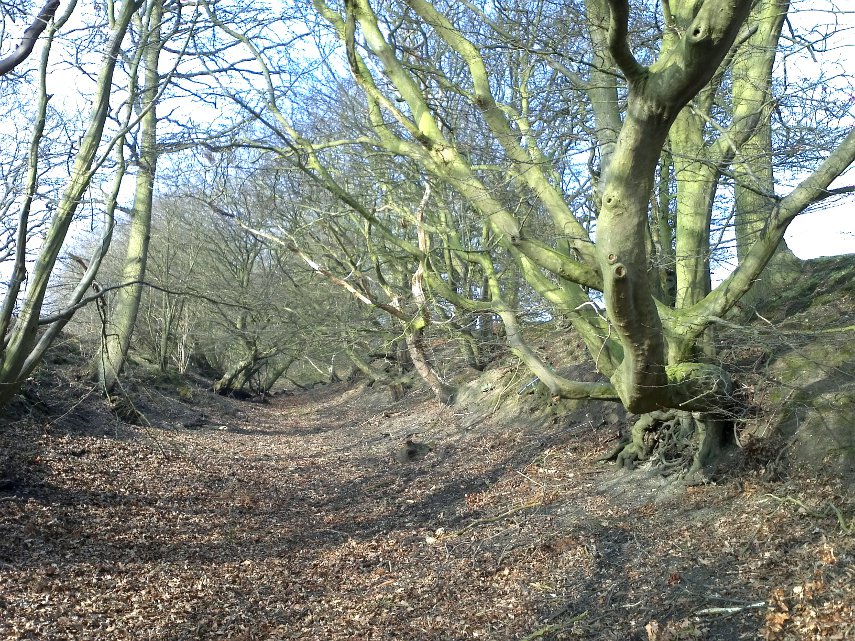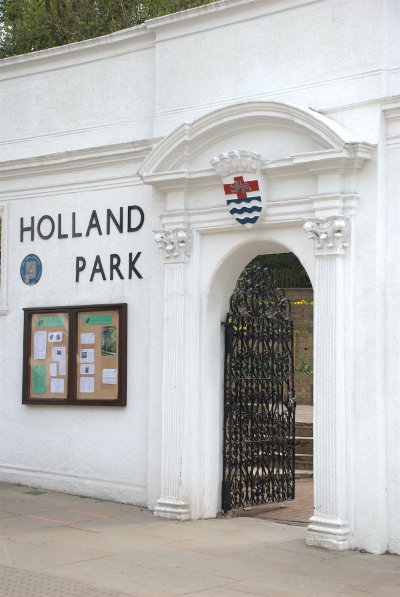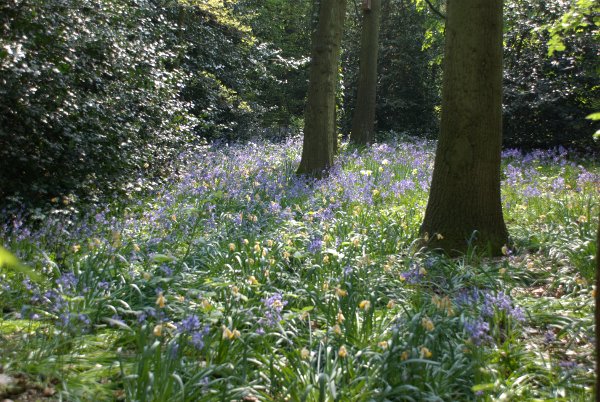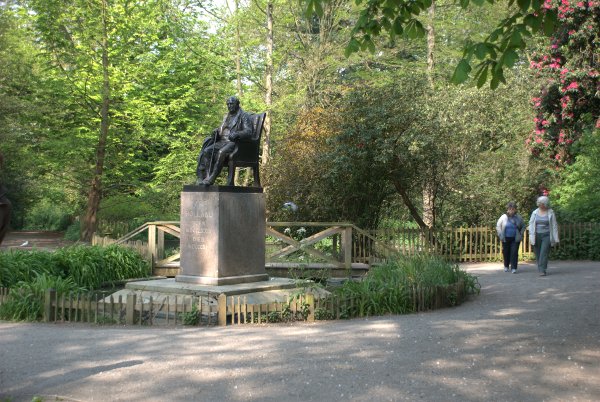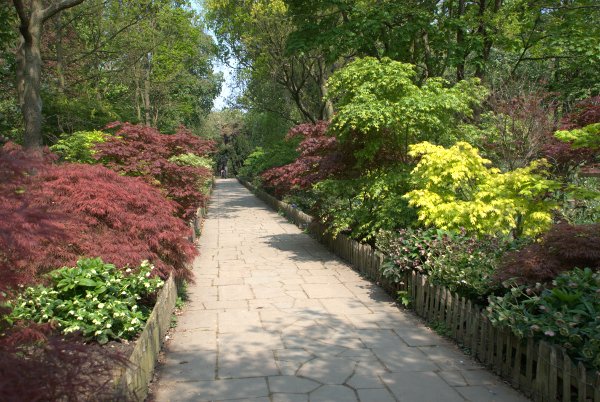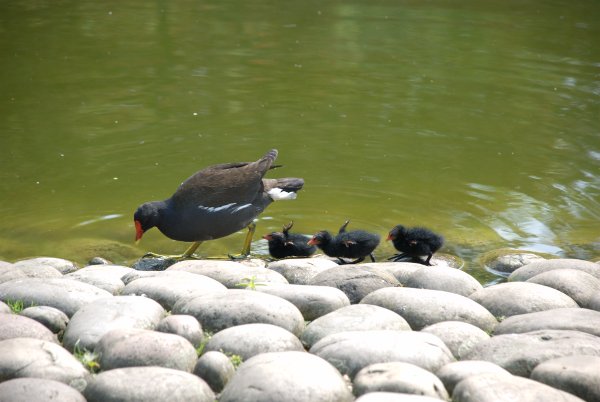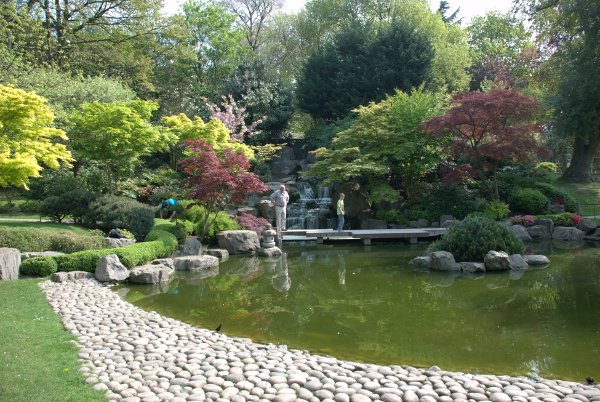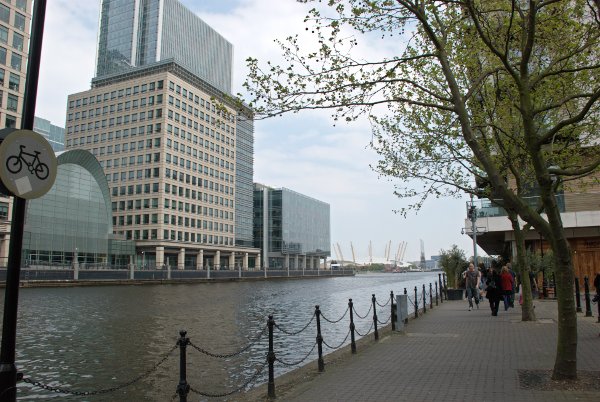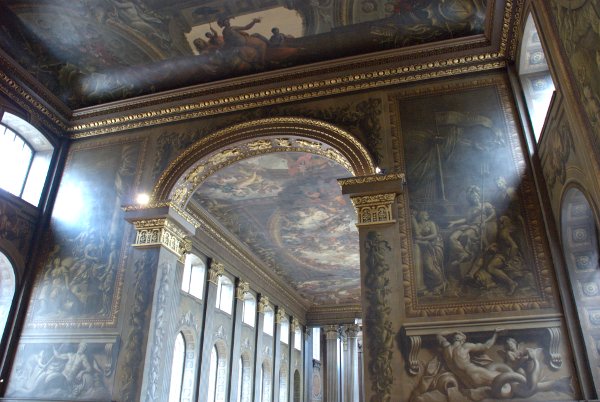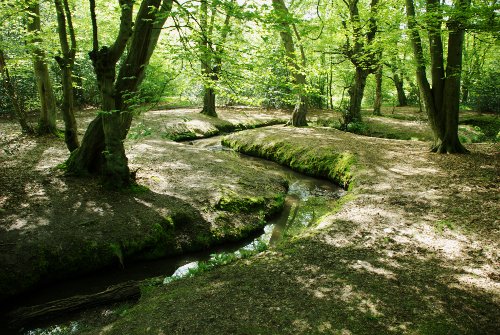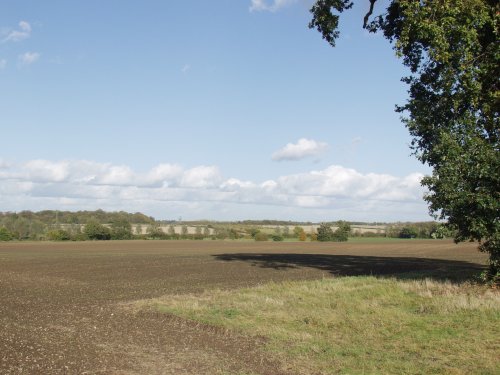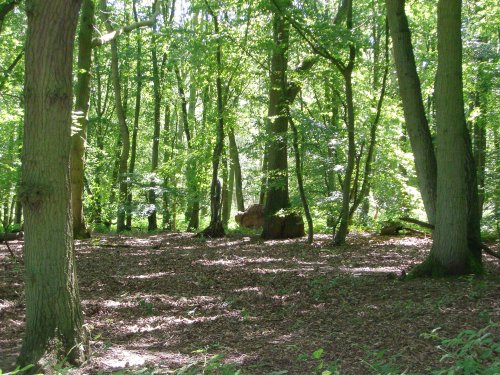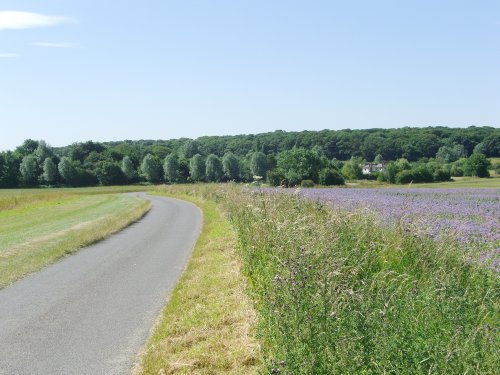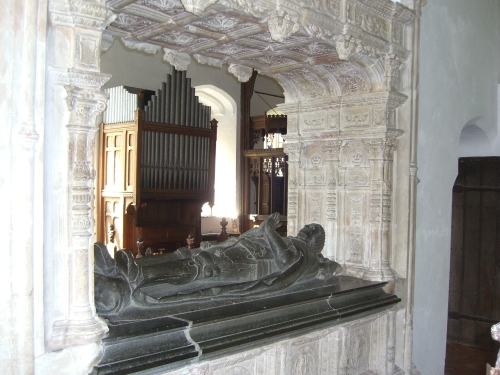A March march
On the 20th December last I posted about a short walk I did entitled 'So, was it muddy' and mentioned an Iron Age structure called 'The Rampart' that I passed. I didn't have time to take pictures of it on that walk as I was in a hurry to get back before lunch and, of course, Marie wanted to see a picture.
So I decided to march the same route again today in March. The Meteorological Office weather forecast for this morning was cloudy so I walked out of the house under sun and blue sky. They haven't a hope of getting it right in this country.
I set off across two fields and just before entering a wood I stopped to take a photograph of my boots at the same point that I did last time as a comparison. Now let's be honest – you do like seeing pictures of my boots don't you?
Mud? What mud? Then onwards into the wood.
Out of the wood, through the farm and up the lane. Walking along the lane I was accompanied by the song of a Skylark way above me in the sky somewhere the notes drifting gently to earth like a musical waterfall. Wonderful!
Marie has been on this part of the walk with us when we took her to Layer Marney Tower one year. This time I bypassed Layer Marney Tower and went off along the lane in the opposite direction. Back onto the footpath across the fields in the dull cloudy weather that the Meteorological Office had forecast and near the centre of the picture you may notice a clump of trees on the other side of the field. That's where the Rampart is hiding.
Having crossed the field and reached the Iron Age Rampart you can see that it comprises a very large ditch with a bank on each side. That must have taken some digging by hand and with primitive tools. I took these photographs especially for Marie, the first standing on the bottom of the ditch and the second standing on top of one of the banks. The things I do for some people
A few thousand years ago, when it was built, it would have been devoid of trees and probably much deeper than it is now.
So it was now just a matter of continuing my circular route back home.
Just in case you wonder why Amanda wasn't with me, she fell over in the garden about a week ago and wrenched her knee and although it is getting better she didn't want to risk it.




